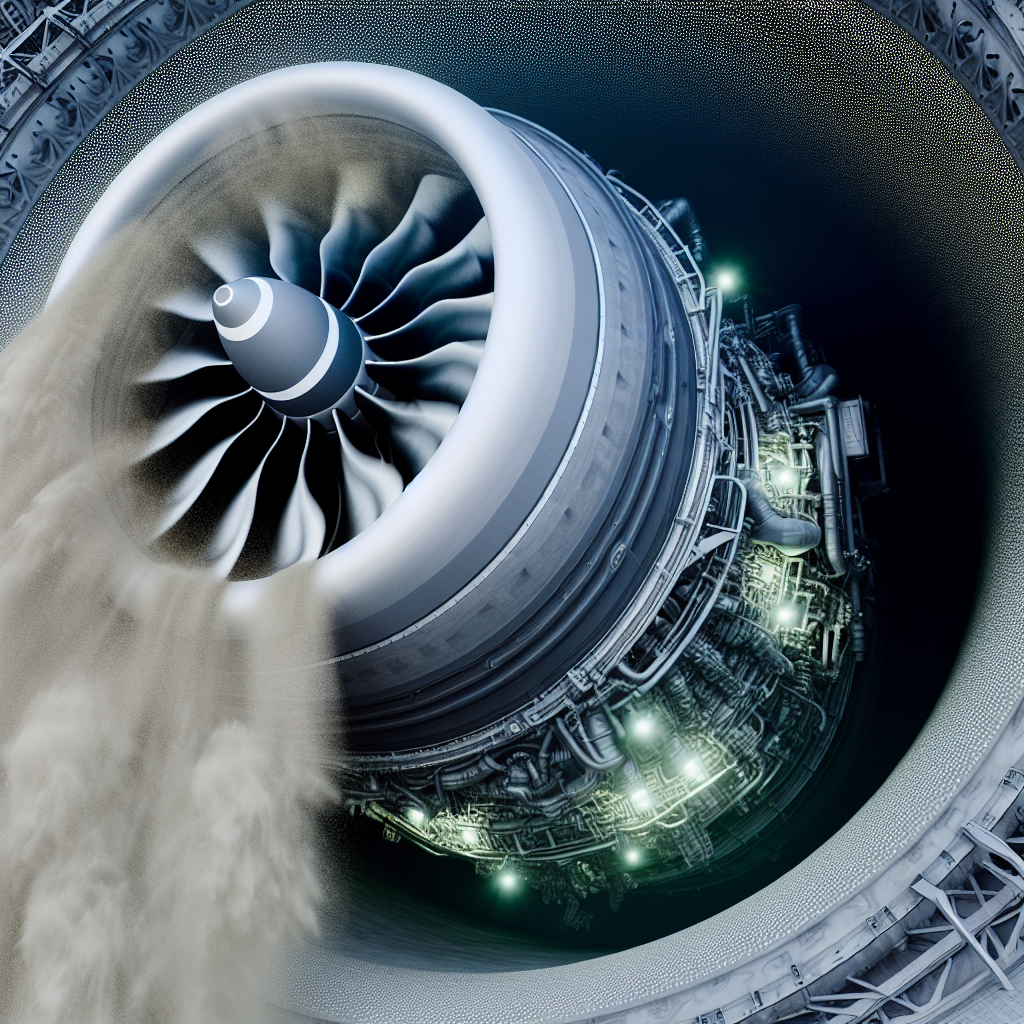BOSTON- GE Aerospace successfully completed the initial phase of GE9X dust-ingestion tests in 2022, executing 1,600 engine-run cycles with no negative findings reported.
This set of tests was a critical part of GE’s preparation for the 105,000 lb-thrust GE9X engine, anticipated to power Boeing’s much-awaited 777-9 aircraft, which is expected to be delivered to customers in the upcoming year.
GE Engine Testing Phase
On May 28, GE announced progress toward completing the second round of GE9X dust-ingestion tests, refining the results from the previous evaluations conducted in 2022.
The GE9X is pioneering as the first engine developed by GE that underwent dust-ingestion testing prior to entering service. This initiative underscores the company’s heightened commitment to enhancing durability, especially after reliability concerns surfaced in GE’s and rival engines over the past few years, as highlighted by Flight Global.
To combat durability deficiencies, GE has instituted rigorous testing protocols aimed at addressing challenges particularly influential for engines operating in dusty and sandy environments, like those found in the Middle East.
The manufacturer has also introduced enhanced durability kits for its CFM Leap-1A turbofans, which power the Airbus A320neo-family of aircraft, featuring updated high-pressure turbine blades and nozzles.
Safran CEO Olivier Andries remarked in 2023 that Leap engines have experienced substantial difficulties in challenging conditions, particularly in the Gulf and Indian regions.
Design Modifications
Improvement kits tailored for Leap-1B engines, which power Boeing’s 737 Max, have been developed by GE. The company has also made design alterations aimed at mitigating dust and sand-related durability challenges impacting its GEnx and GE90 engines.
These enhancements focus on key components, including shrouds, nozzles, blades, and combustor linings.
According to Joe Vinciquerra, GE’s senior executive director of research, the company initially struggled to comprehend the properties of dust materials and how they interacted with advanced material systems within engines.
Advanced Testing
GE has developed methods to replicate dust conditions in order to conduct experiments and tests that accurately reflect real-world engine environments, allowing engineers to effectively address durability issues.
Throughout its development phase, the GE9X underwent 27,000 simulated flight cycles and 17,000 operational hours.
The company started shipping production-ready GE9X engines to Boeing last year and has plans to ramp up production in the latter half of this year.
Competitor Responses
GE’s competitors are also facing comparable durability challenges, leading all manufacturers to allocate additional resources to tackle these issues.
Pratt & Whitney is addressing widespread challenges with its PW1000G geared turbofan series, while Rolls-Royce is implementing durability enhancements for its Trent engine variants.
Rolls-Royce’s durability solutions for the Trent 1000 are geared to extend the life of high-pressure turbine blades and double the service intervals between necessary maintenance, while upgrades for the Trent 7000 and Trent XWB-97s encompass redesigned components and optimized combustors.
Stay connected with us and follow our social media channels for the latest updates.
Join us on Telegram Group for the Latest Aviation Updates. Additionally, follow us on Google News.

Based on an article from aviationa2z.com: https://aviationa2z.com/index.php/2025/06/10/ge9x-to-power-777x-will-undergo-dust-ingestion-test/?utm_source=rss&utm_medium=rss&utm_campaign=ge9x-to-power-777x-will-undergo-dust-ingestion-test



